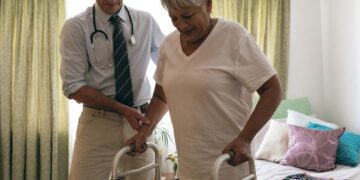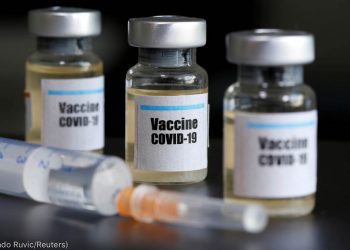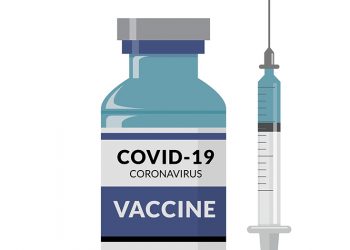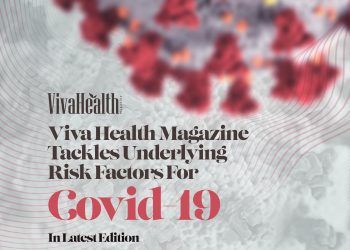The Problem
The ongoing covid-19 pandemic has the potential to have a long-lasting impact on world socio-economic recovery. The slow economic recovery will have even more devastating consequences on low-middle-income countries. The covid-19 pandemic will further widen the already existing poverty gap between high and low-middle-income countries. LMIC would have added $39 billion to their projected GDP by the end of 2021 if they had similar vaccination rates as high-income countries. With no end in sight due to the emergence of other variants, mass vaccination is the only viable option of returning to near normalcy. However, the sharp contrast in vaccination efforts between rich and developing countries is likely to make the ongoing pandemic a ‘pandemic of the poor’.
Sub-Saharan African is perhaps the most vulnerable region in terms of reversal in economic growth. Vaccine financing will further add to their already substantial debt burden. Fully vaccinating at least 70% of a country’s population (number needed to ensure the road to herd immunity) will substantially increase the country’s total health expenditure. According to the United Nations Development Programme (UNDP), a dose of vaccine costs about $15.80 on average. Fully vaccinating an individual will cost about $35 on average. While high-income countries need to increase their health expenditure by only 0.8% to achieve the 70% target, low-income countries must increase their health care spending by 56.6% on average, according to UNDP. A more concerted effort is needed to ensure vaccine equity and avoid the crippling debt likely to hinder the economic recovery of LMIC.
The case for vaccine access and equity becomes highly critical when comparing the labor markets of high versus LMICs. While some high-income countries are gradually reopening their economies, some countries in LMIC are experiencing another wave of the pandemic primarily driven by the delta variant. Delta variant-driven third wave in Ghana has resulted in reinstating strict public health social measures. However, widespread lockdowns in a country like Ghana with a large informal sector would mean stagnation of economic activities and subsequent loss of jobs for a significant number of people. Ghana’s vaccination efforts have centered mainly on healthcare workers and people working in the formal sector. Urgent acceleration of vaccination campaigns is needed to protect the informal sector.
The problem faced by LMIC goes beyond just equitable access to vaccines. Widespread vaccine hesitancy, weak vaccination program infrastructure, and difficulty in meeting temperature requirements for some vaccines (mRNA) further compound the problem of vaccine inequity. LMICs will require a substantial investment of resources to continue existing immunization programs against many vaccine-preventable diseases.
The Evidence
Globally, more than 4.62 billion doses of the covid-19 vaccine have been administered, which is enough to fully vaccinate 30% of the eligible global population. Meanwhile, only 1.2% of the population have received at least a dose of the vaccine in LMIC.
The vaccination rates in high-income countries are 20 times faster than in low-income countries. The top five ranked Organization for Economic Cooperation and Development (OECD) countries on the global health security index have 61.2% of their population receiving at least a single dose of the vaccine compared to 6.6% of the population on the bottom five African countries on the GHS index ranking. 43% and 39% of the people have been fully vaccinated in Europe and North America. In sharp contrast, only 2.08% of the African population has been fully vaccinated.
While some rich countries have authorized a booster dose for some people, some developing countries have yet to deliver a single dose to their frontline health workers. The lack of global solidarity and moral justice regarding vaccine access and equity undermines international efforts to end the pandemic.
Even though high-income countries constitute about 20% of the global adult population,Duke Innovation Global Health Center data indicates that high-income countries have purchased more than 50% of the total vaccine doses.Due to limited vaccine manufacturing capacity worldwide and the subsequent ability of high-income countries to directly negotiate with vaccine manufacturers, LMIC were left with a smaller piece of the pie.
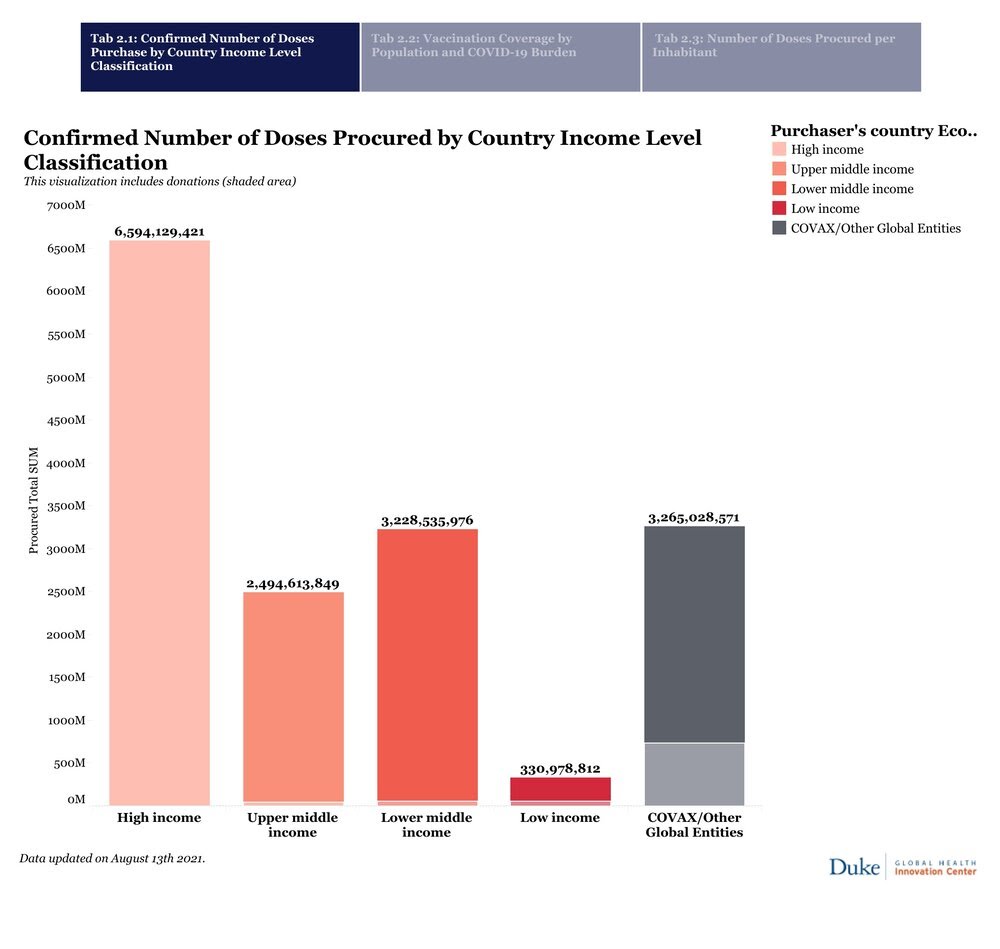
Recommendations
Even though the COVAX initiative promotes equitable access to vaccines through a pooled procurement system, reliance on the COVAX doses alone will not ensure that a significant number of adult populations in LMIC would be vaccinated. COVAX, a global partnership between the World Health Organization (WHO), Coalition for Epidemic Preparedness Innovation (CEPI), and GAVI, remains a crucial mechanism to bridge the vaccine access gap between high and LMIC. Ghana was among the first countries to receive its share of the AstraZeneca vaccine through the COVAX project. However, only 1.31% of the Ghanaian population are fully vaccinated as of August 13, 2021.
Due to the urgent need for vaccine doses, the following short-term recommendations may help accelerate vaccine equity.
Redistribution/Donation of excess doses to the COVAX project: Most rich countries made deals with multiple pharmaceutical companies as the pandemic was unraveling. This led to some countries purchasing enough vaccines to vaccinate their eligible population at least two times. These superfluous vaccines should be redistributed or donated to LMIC, who struggle to give their people at least a single shot. So far, more than 640 million doses of the vaccine have been pledged by some high-income countries. The COVAX project on August 13 announced that the UK donated doses will be shipped to some 11 African countries as part of its pledge to help ensure that vaccines reach 92 low-income countries. Other high-income countries should equally redistribute vaccines they do not need.
Comprehensive Vaccination prioritization plan: Because total lockdowns may have dire consequences on the economies of LMIC, these countries must have a comprehensive criterion for distributing the scarce vaccine doses. With more than 50% of Ghana’s labor force in the informal sector, vaccination campaigns should prioritize these categories to ensure that they are not affected by the recent surge in cases.
Provision of Grants and Soft loans to LMIC – Even though high-income countries are donating to the COVAX project, reliance on the COVAX project alone is not adequate to ensure that at least 70% of the population in LMICs are vaccinated. The international community, including the IMF, should consider providing grants and other soft loans (a loan with no interest or a below-market rate) to LMIC to help them purchase additional doses to meet their vaccination targets.
Vaccine inequity compromises global health security and impedes international efforts to end the pandemic. The disparity in vaccine access can create hyperlocal outbreaks where vaccinated regions are surrounded by focal areas of outbreaks in unvaccinated areas. The global community must commit to ensuring vaccine equity to ensure smooth economic recovery in LMIC.


